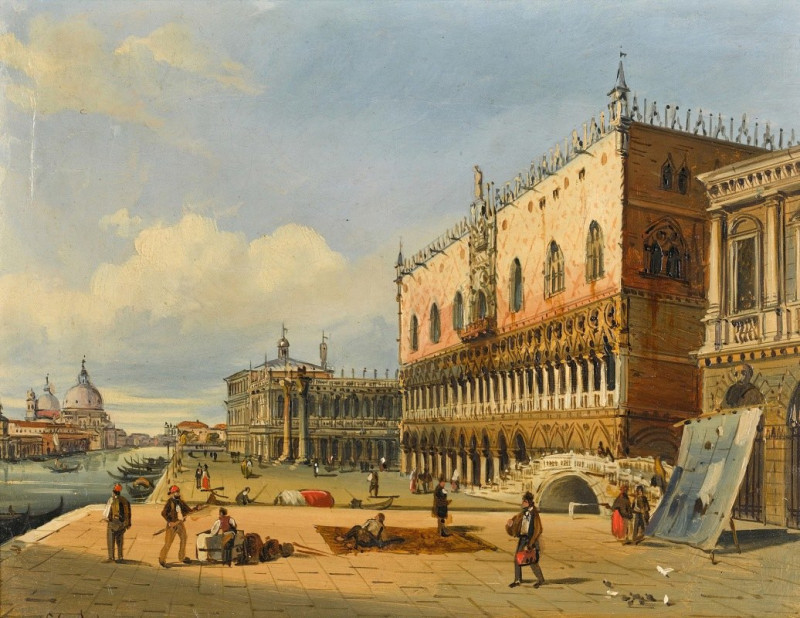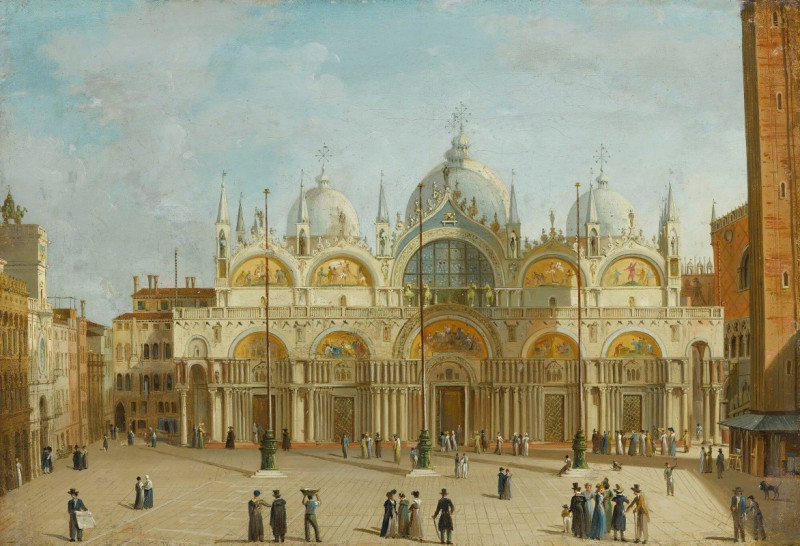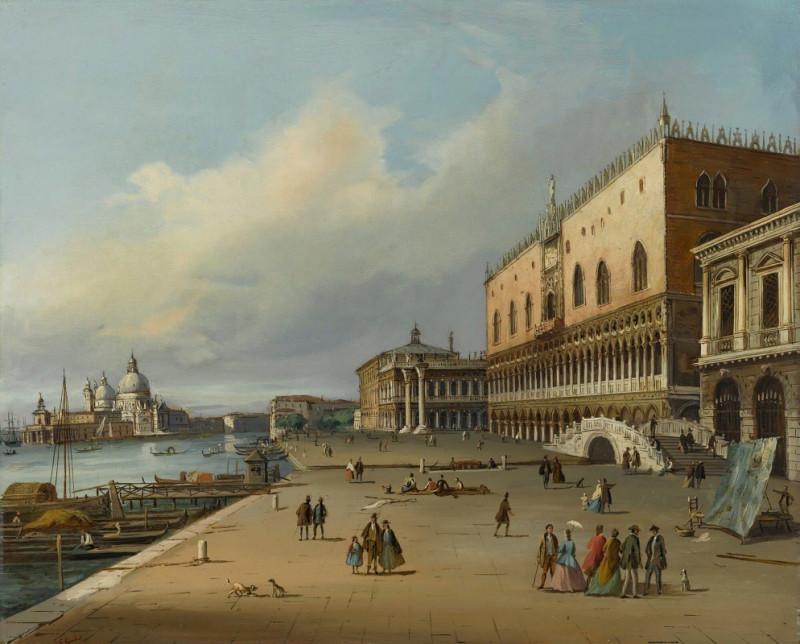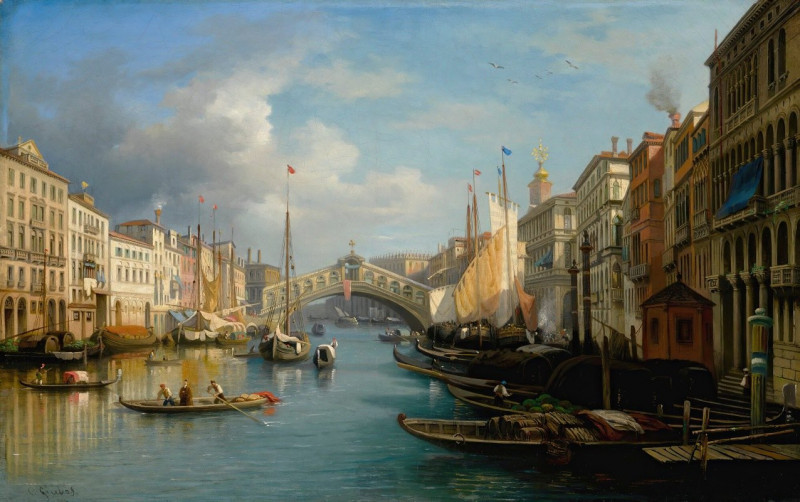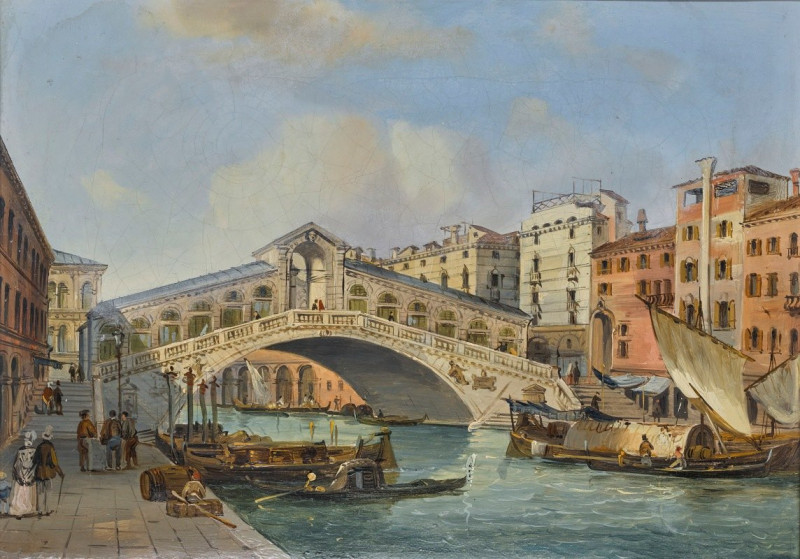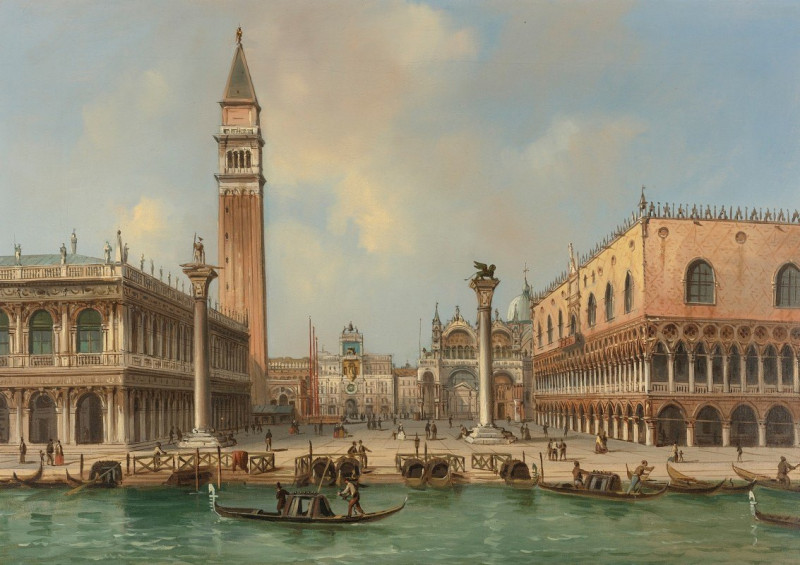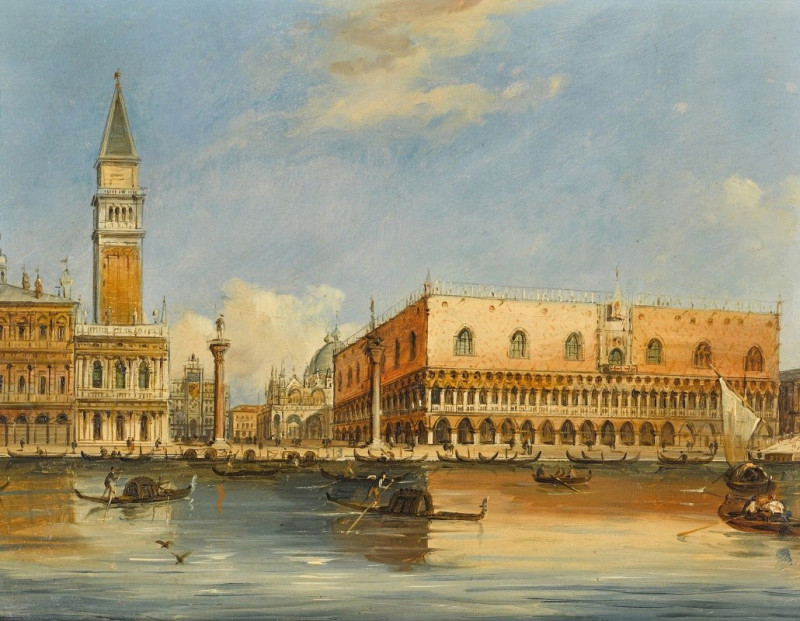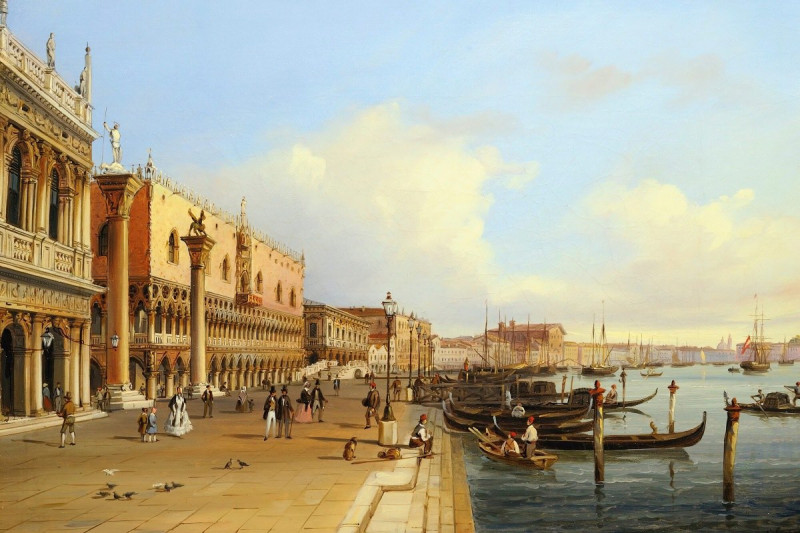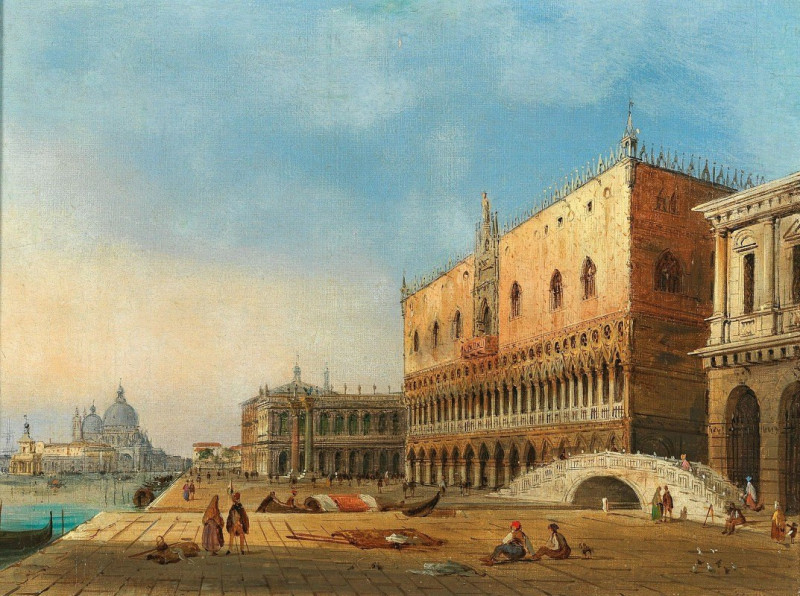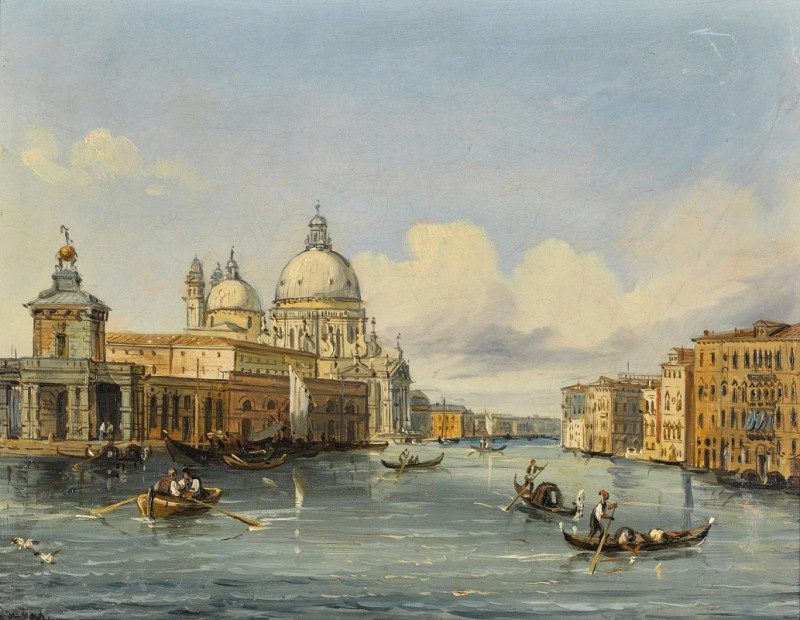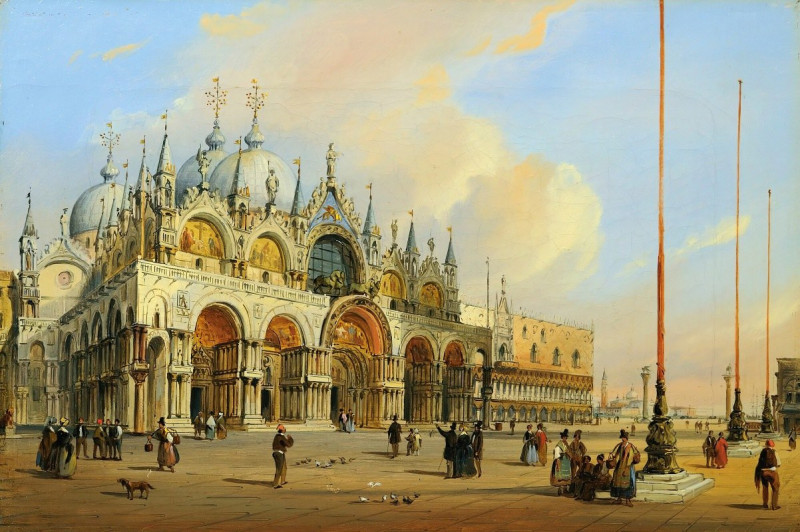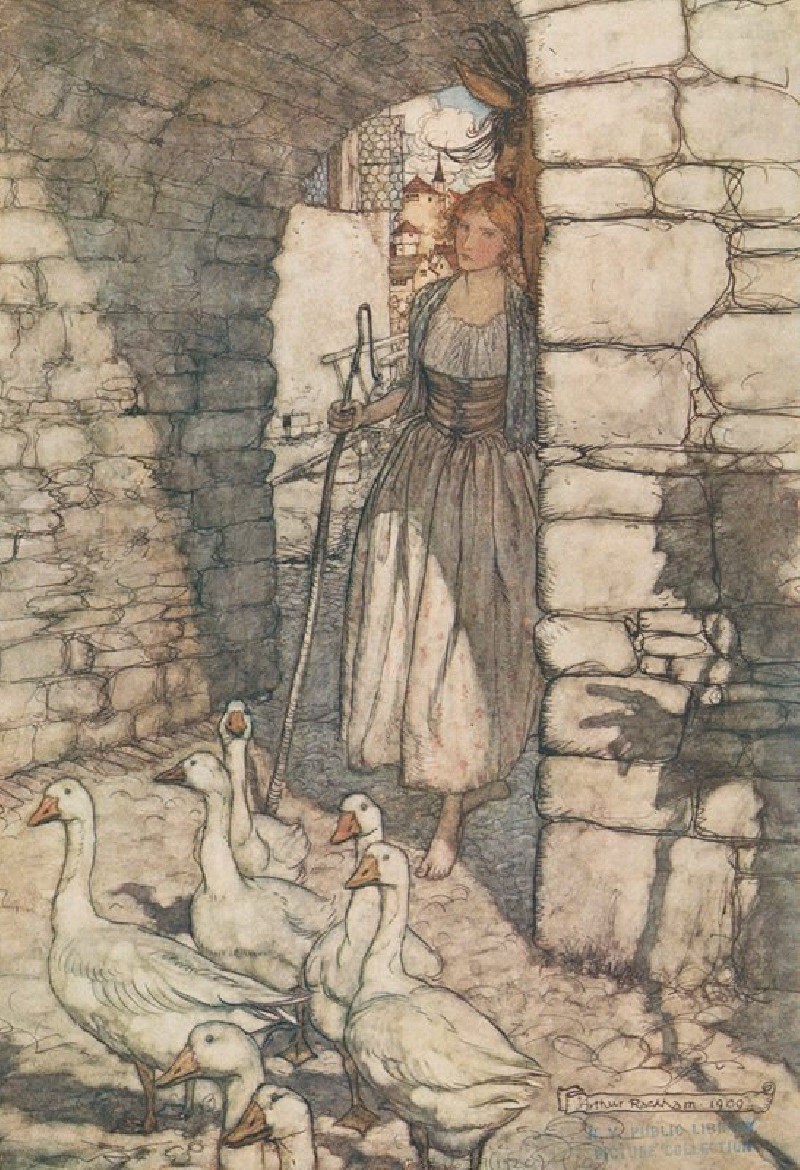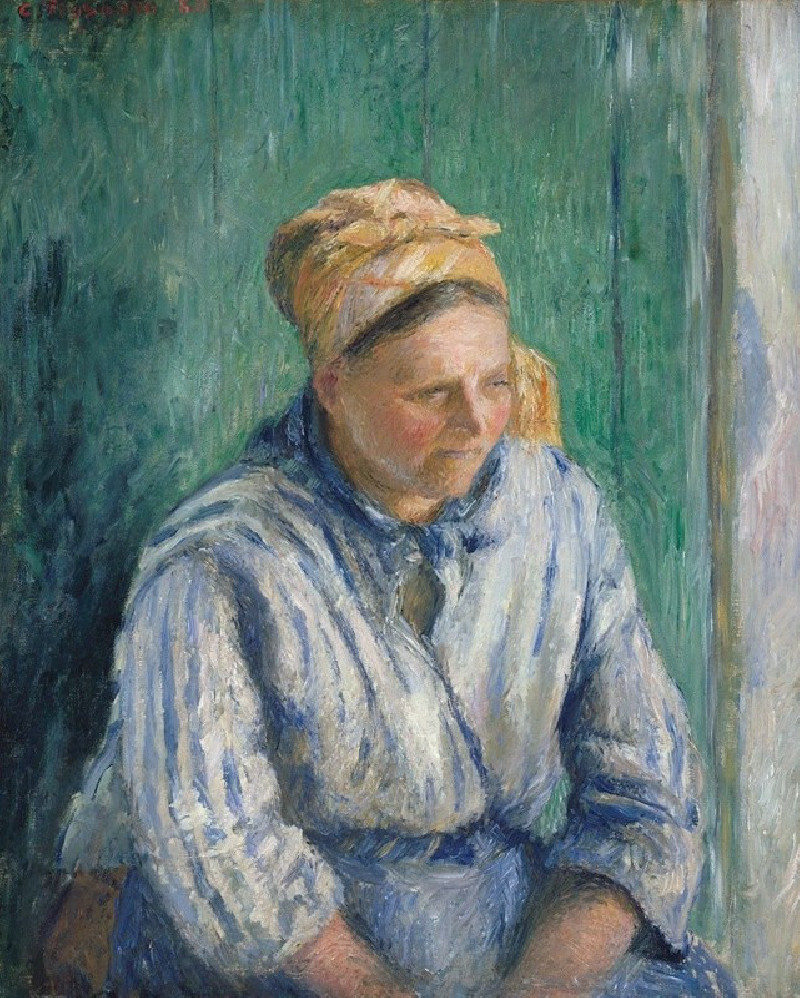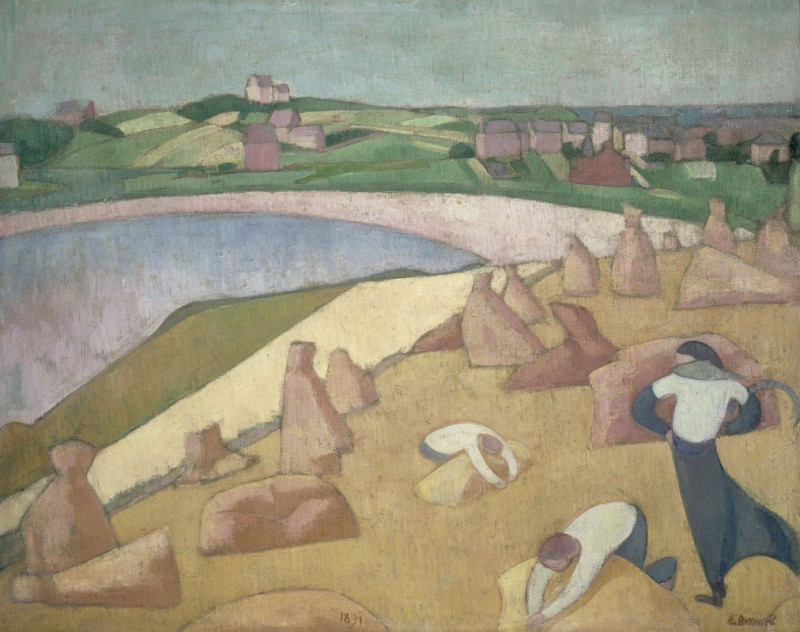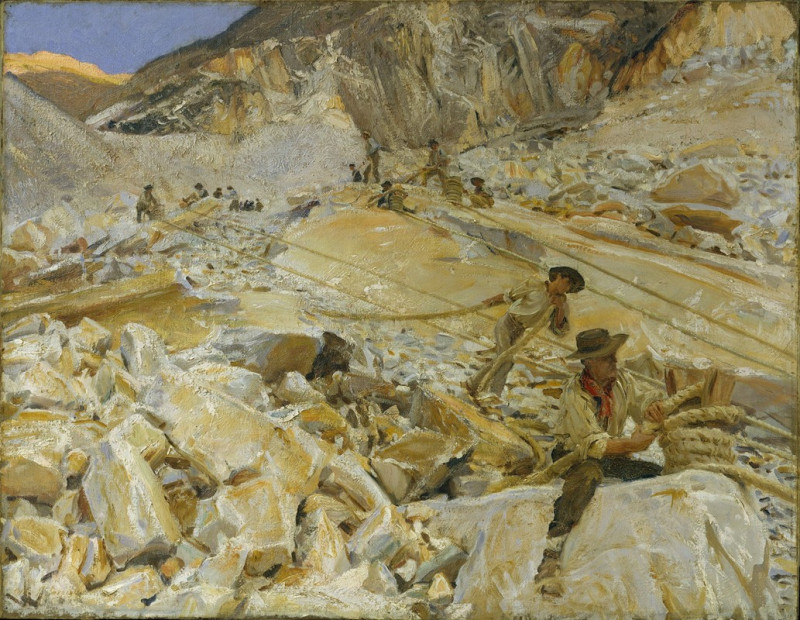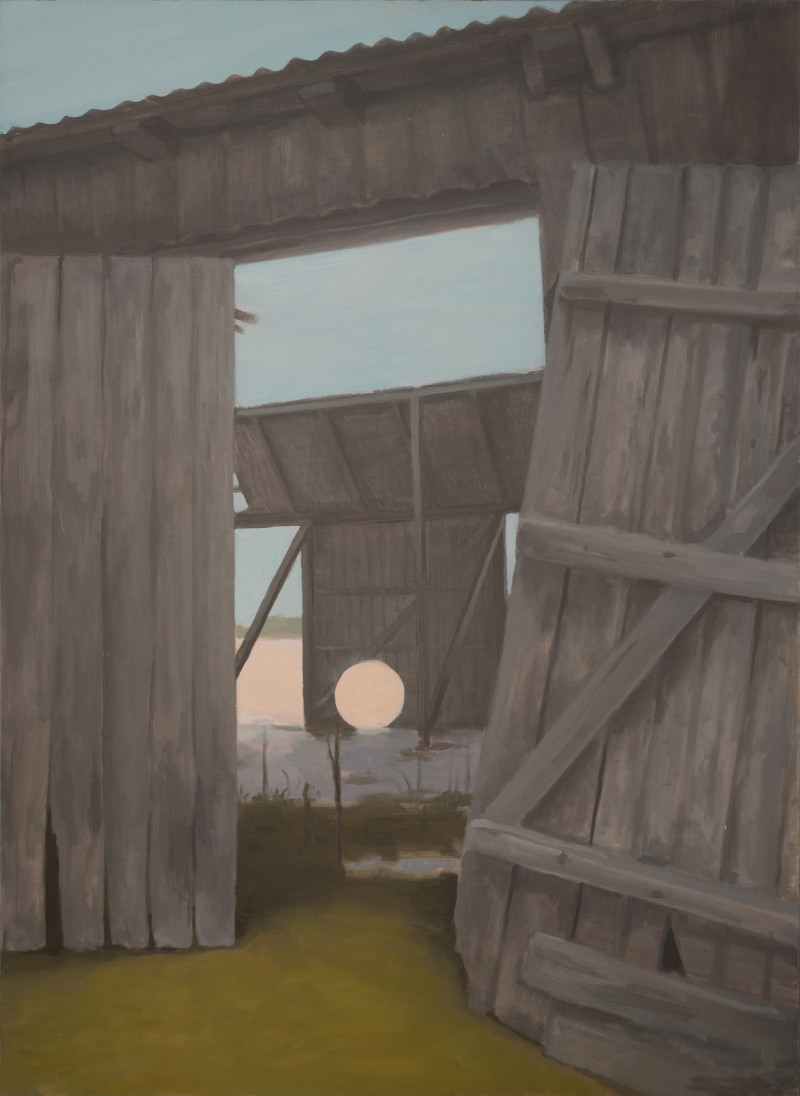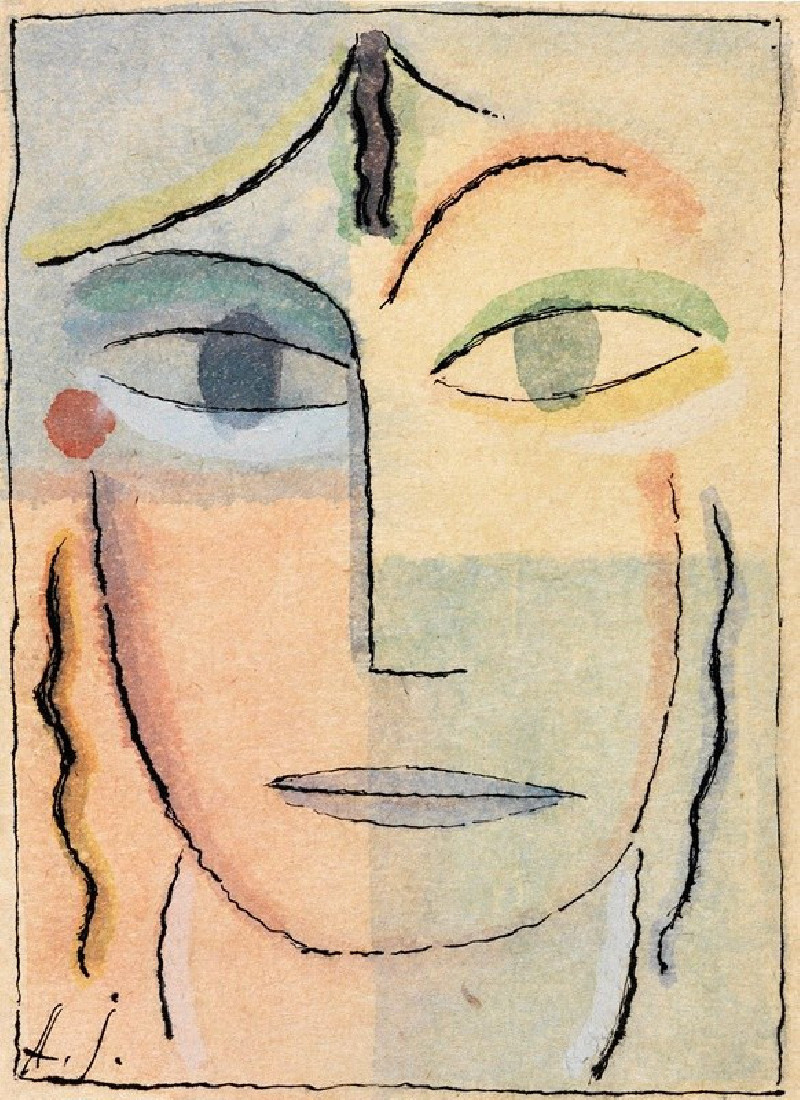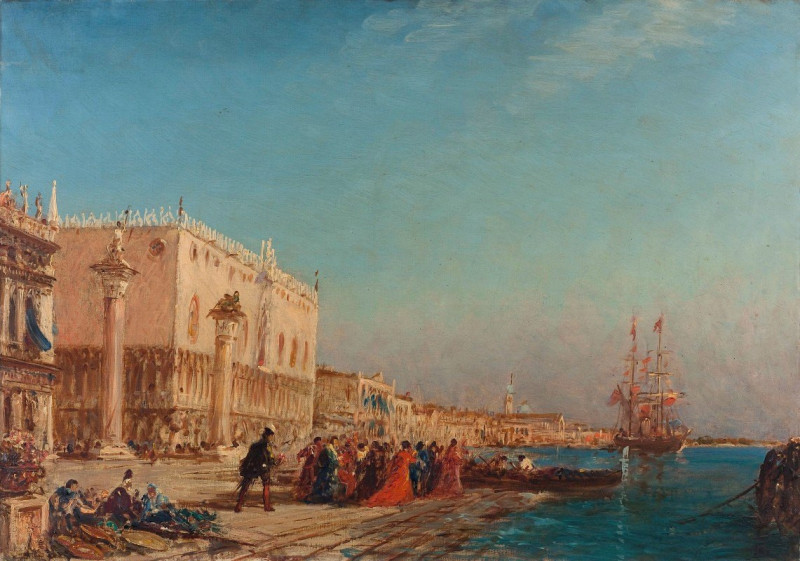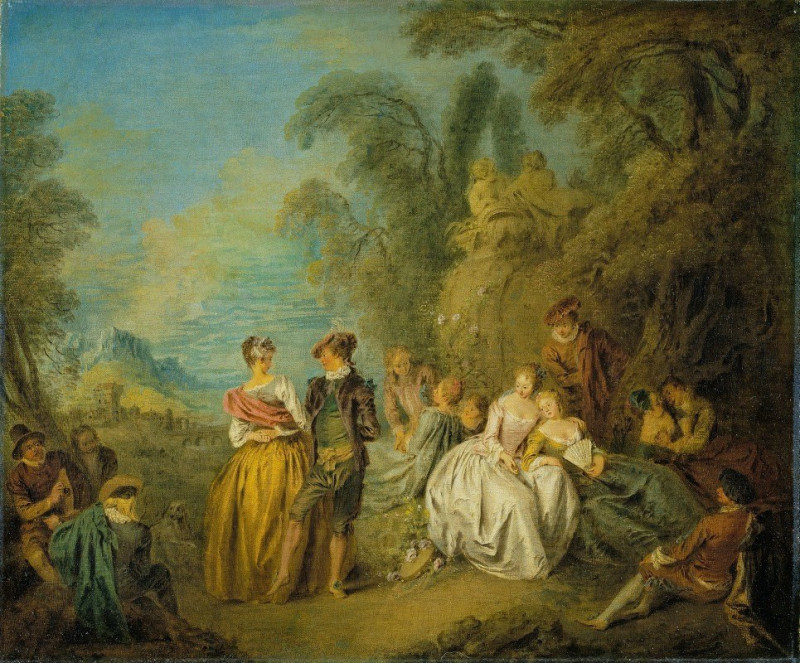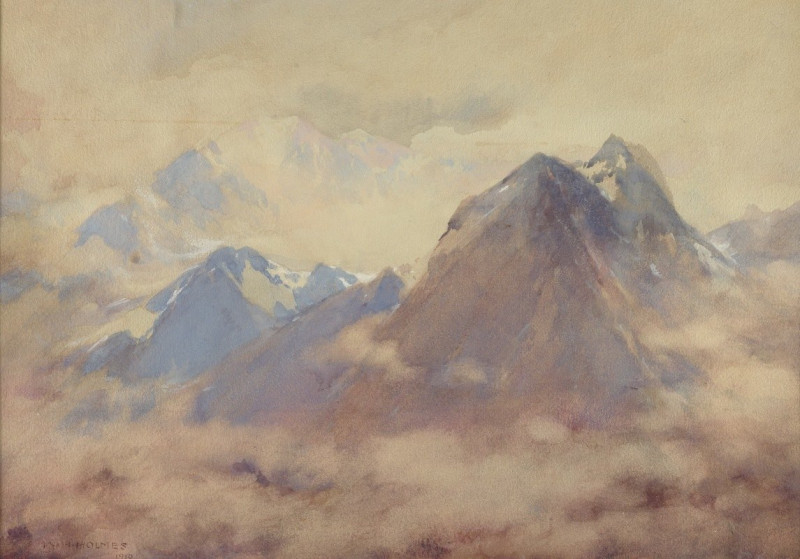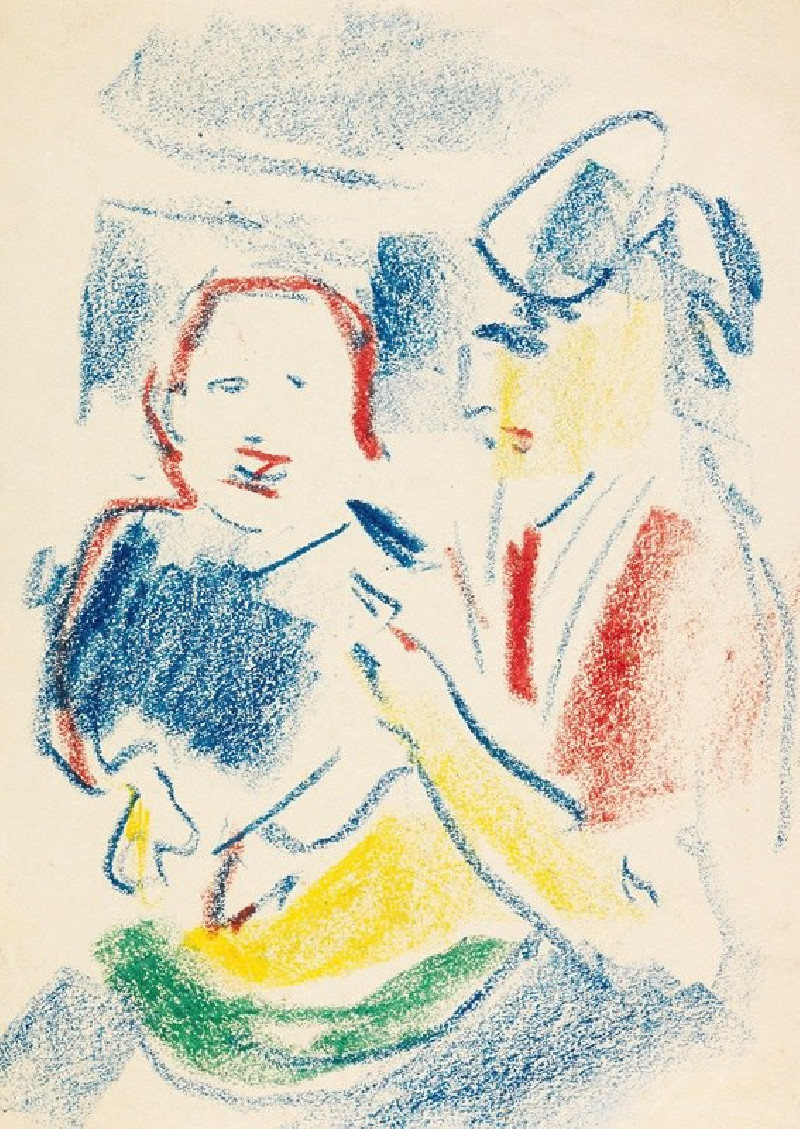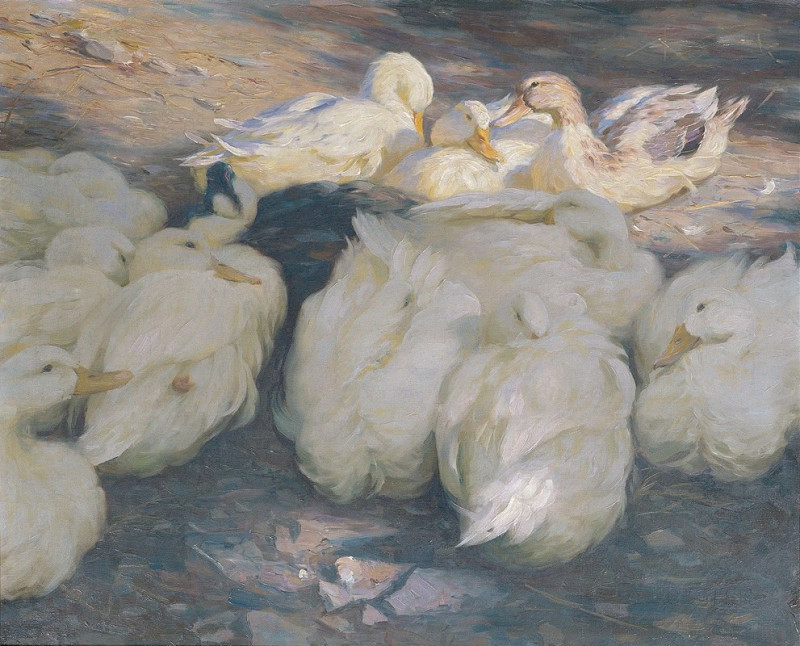Venetian View II
Technique: Giclée quality print
Recommended by our customers
More about this artwork
Carlo Grubacs' painting "Venetian View II" transports us to an elegantly detailed rendering of Venice in the 19th century. This exquisite artwork captures the striking architectural beauty of Venice's prominent landmarks with a precision that suggests both admiration and meticulous observation by the artist.In the foreground, the bustling activity typical of Venice's famous piazzas unfolds. Figures clad in 19th-century attire are depicted going about their daily routines – from gentlemen in conversation to workers unloading goods. The scene also includes leisurely activities, as a group of individuals appears to be enjoying a relaxed moment.The central focus of the painting is the majestic Doge's Palace (Palazzo Ducale), rendered in fine detail with its gothic style windows and the intricate patterns decorating its façade. To the right, we see the equally famous Biblioteca Marciana, an embodiment of Renaissance splendor. Both buildings flank one of the most recognized spaces in Venice, the Piazzetta San Marco.On the left side of the composition, the grand canal is visible, bustling with gondolas and busy water traffic, encapsulating the vibrancy of Venetian life. In the background, the dome of Santa Maria della Salute punctuates the skyline, offering a reminder of Venice's rich blend of art, history, and spirituality.Overall, "Venetian View II" by Carlo Grubacs is a vivid historical snapshot and a loving tribute to Venice, portraying its celebrated architecture and vibrant civic life with both romanticism and historical accuracy.
Delivery
Returns
Carlo Grubacs born in Venice in 1812, Carlo Grubacs was the son of a merchant navy captain whose family, originally from Montenegro, had settled in Italy in the second half of the 18th century. He studied at the Accademia di Belle Arti in Venice with Teodoro Matteini (from 1818), later specialising in views of Venice in the great tradition of 18th Century artists such as Canaletto and Guardi. His mostly small-format, lively views are executed with great precision, combining skillful drawing, meticulous attention to detail and a bright and luminous palette perfectly epitomising the Venetian 19th Century Vedutismo poetic.

